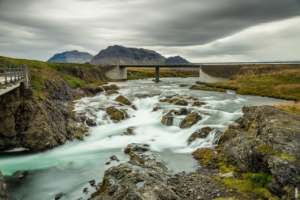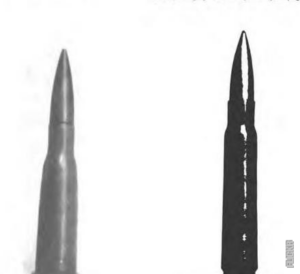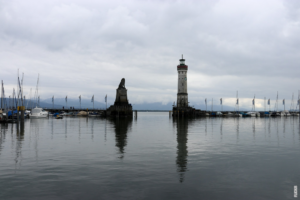The Frozen Mystery: Permafrost Formation
Permafrost, a marvel of nature, remains a captivating topic in the realm of geology. This frozen phenomenon, found in polar and high-altitude regions, is formed through a complex interplay of various factors.
Geological Foundations
Permafrost formation begins with a solid geological foundation. The presence of continuous freezing temperatures for at least two consecutive years is necessary for its development. These regions experience average annual temperatures below freezing, causing the ground to remain perpetually frozen. However, the story does not end here.
Ice Lens Formation
One of the vital processes in permafrost formation is the creation of ice lenses. As water migrates through the soil, it encounters freezing temperatures, resulting in the formation of these thin, horizontal ice layers. Over time, these ice lenses grow, exerting tremendous pressure on the surrounding soil particles and creating a unique pattern of freezing and thawing within the ground.
Active Layer: The Surface Dance
Another essential component in permafrost formation is the active layer. This layer, which thaws during summer, is the surface zone that experiences annual freezing and thawing cycles. The active layer acts as a bridge between the frozen ground below and the seasonal changes above, allowing for the movement of water and nutrients. It is a delicate dance between freezing and thawing, shaping the landscape and contributing to the formation of permafrost.
Effects of Vegetation
Vegetation plays a significant role in permafrost formation. The presence of plants and their intricate root systems stabilizes the soil, preventing erosion and maintaining the frozen ground structure. Additionally, vegetation acts as an insulating layer, reducing heat transfer from the atmosphere to the ground and helping to preserve the permafrost layer.
Post
Post
Climate Change and Permafrost
Climate change poses a serious threat to permafrost. As global temperatures rise, the delicate balance between freezing and thawing becomes disrupted. The active layer deepens, causing the permafrost layer to degrade and melt. This process releases stored greenhouse gases, such as methane, into the atmosphere, further contributing to global warming.
Unlocking the Mysteries
Scientists and researchers continue to study permafrost to unravel its mysteries and understand its implications. By examining the composition of frozen soils, mapping the extent of permafrost regions, and monitoring changes over time, they strive to predict the future of this frozen landscape and its impact on the environment.
Permafrost, a frozen enigma, reminds us of the delicate balance of nature. Its formation, influenced by geological foundations, ice lenses, the active layer, vegetation, and climate change, showcases the intricate interconnections within our planet’s ecosystems. As we navigate an ever-changing world, the preservation of permafrost remains a crucial task, ensuring the conservation of this natural wonder for generations to come.



